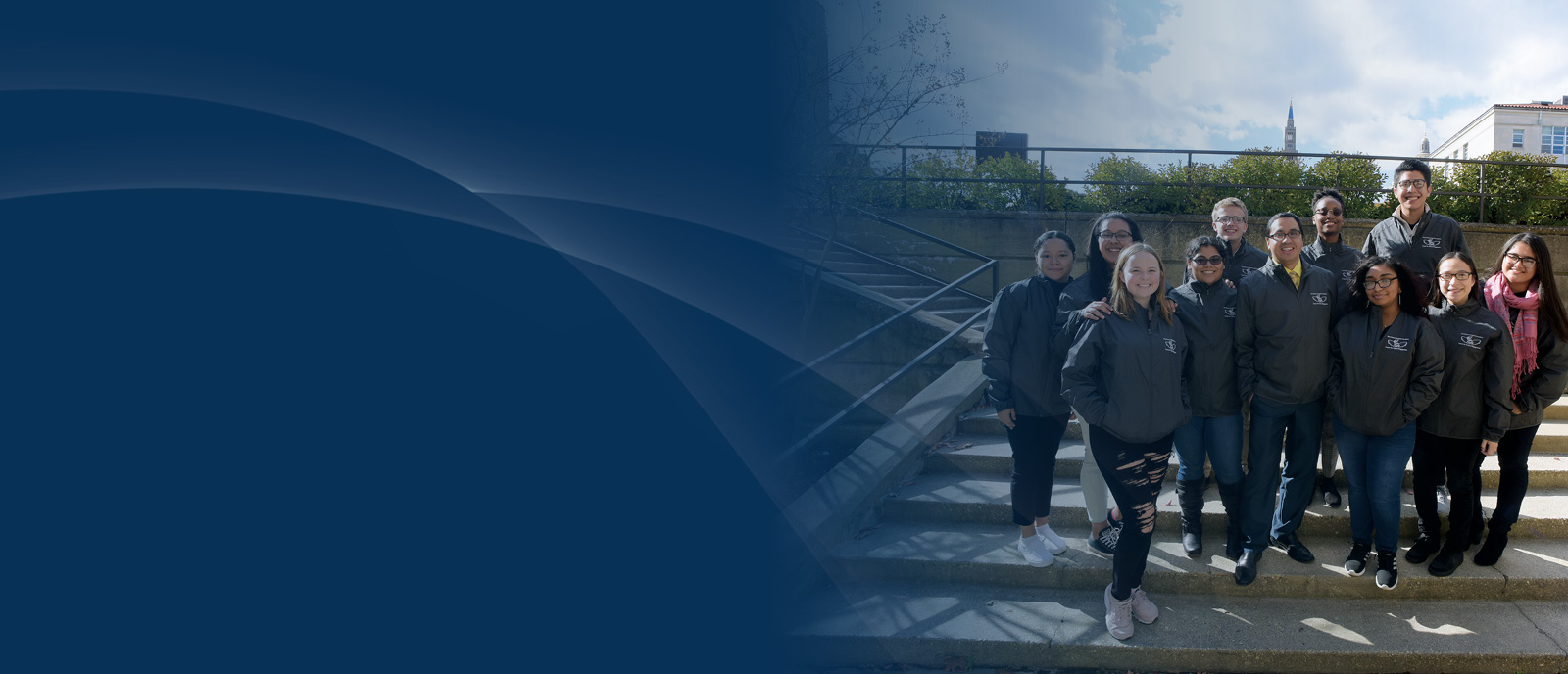

The Sister Thea Bowman Committee Report is perhaps the most significant commitment the University has made to furthering racial diversity on campus, but the University’s history leading to this point is long and complex.
In 1895 Black men were among the University’s first lay students. U.S. President William McKinley, who visited the campus in 1900, said that the University “knows no race line and no color line.”
However, as President Woodrow Wilson’s administration instituted Jim Crow in Washington, the University followed. By 1914 Black students were excluded. Black alumni and others — including the future saint, Mother Katharine Drexel — protested in vain to trustees, the U.S. bishops, even the pope.
Among their leaders was Thomas Wyatt Turner, a prominent Black biologist who had studied at the University in 1901. He organized Black Catholics to advocate for full inclusion in the Church, and in 1976, at age 99, was awarded an honorary doctorate from the University.
In 1918, Classics Professor and Administrator Roy J. Deferarri began an 18-year campaign for integration. Finally in 1933, the University admitted two Black women religious, Sister Mary of Good Counsel Baptiste, O.S.P., and Sister Mary Consolata Gibson, O.S.P. In 1934 they became the first Black graduates in nearly 20 years and the first Black female graduates.
When Bishop Joseph Corrigan became rector of the University in 1936, Deferrari slipped “admission of Negroes” onto their first agenda. The bishop responded, “Why not?”17 By semester’s end, 26 Black students had enrolled.
The University broke a national barrier in 1943 when Euphemia Lofton Haynes became the first Black woman in the United States to earn a doctorate in mathematics. Her Catholic faith motivated a career in education and civil rights. In 2018 the University created a mathematics award in her honor.
In 1948 University Chancellor, Washington Archbishop (later Cardinal) Patrick O’Boyle ordered local Catholic schools to desegregate — six years before the U.S. Supreme Court mandated it for public schools. In 1963, he gave an invocation at Dr. Martin Luther King’s March on Washington.
By then faculty and students had played a leading role in desegregating Washington’s theaters. Father Gilbert Hartke, O.P., who founded the Department of Speech and Drama, was instrumental in reviving live performance in Washington after World War II. He cast Black actors and refused to work in segregated venues.
Father Cyprian Davis, a Benedictine scholar whose books have been a guiding light for Black Catholic history and racial reconciliation, was a student in the 1950s. His papers are a cornerstone of the University’s vast collections on Catholicism and diversity, which the library is digitizing.The Catholic University of America Press republished some of his work this summer in The Black Catholic Studies Reader.
In 1964 students and faculty held civil rights prayer services and campaigned to abolish Jim Crow and establish voting rights. The University’s Commission on American Citizenship published a futuristic comic book series about the first Black candidate for President of the United States.
Around 1968 Sister Thea Bowman, the Black evangelist and activist who is now a candidate for sainthood, arrived to pursue her doctorate in English. She launched the University’s first course on Black Catholic literature.
She may have taught Samuel Williams, who organized library sit-ins at Catholic University in the early 1970s to press for a Black Studies program. Administrators had begun to explore that possibility when Williams died in a car crash. His dream has been revived as a recommendation by one of the Bowman subcommittees. An annual award is given in Williams’s memory to a student who promotes intercultural understanding.
Thaddeus F. Aubry Jr. and Leon LeBuffe established the Partnership Program in 1969 to provide scholarships to promising young students of color from the Washington, D.C., area. Black alumni who benefited from the University scholarships subsequently established an endowment in their names to support educational diversity. Longtime track and field coach Joe Fisher, B.A. 1975, and Ronny Lancaster, B.A. 1973, were instrumental in this effort.
In 2019 Pope Francis named the first Black archbishop of Washington. Cardinal Wilton Gregory is, by virtue of his office, the first Black chancellor of the University.
In 2021, Associate Dean Mel Williams was named a special assistant to the president to coordinate diversity initiatives, and the Board of Trustees welcomed new members who broadened its racial and ethnic diversity. In August 2021, President John Garvey joined 50 student leaders on a leadership retreat to explore community-building and inclusion.
The University has become increasingly diverse, with a vibrant presence of Latino, Asian, and Black students. The Center for Cultural Engagement was founded six years ago to engage students from all backgrounds in campus life and help them succeed academically. Its signature program, Take Flight, is for those in the first generation of their family to attend college. In 2019, the University provost launched a committee dedicated to diversifying the Catholic University community to reflect the demographics of the Catholic Church.
Implementation of the Sister Thea Bowman Committee Report will be crucial, said Center Director Javier Bustamante, “because it directly affects the type of Church and institution that I want my kids to be a part of as I transmit the faith to them.”